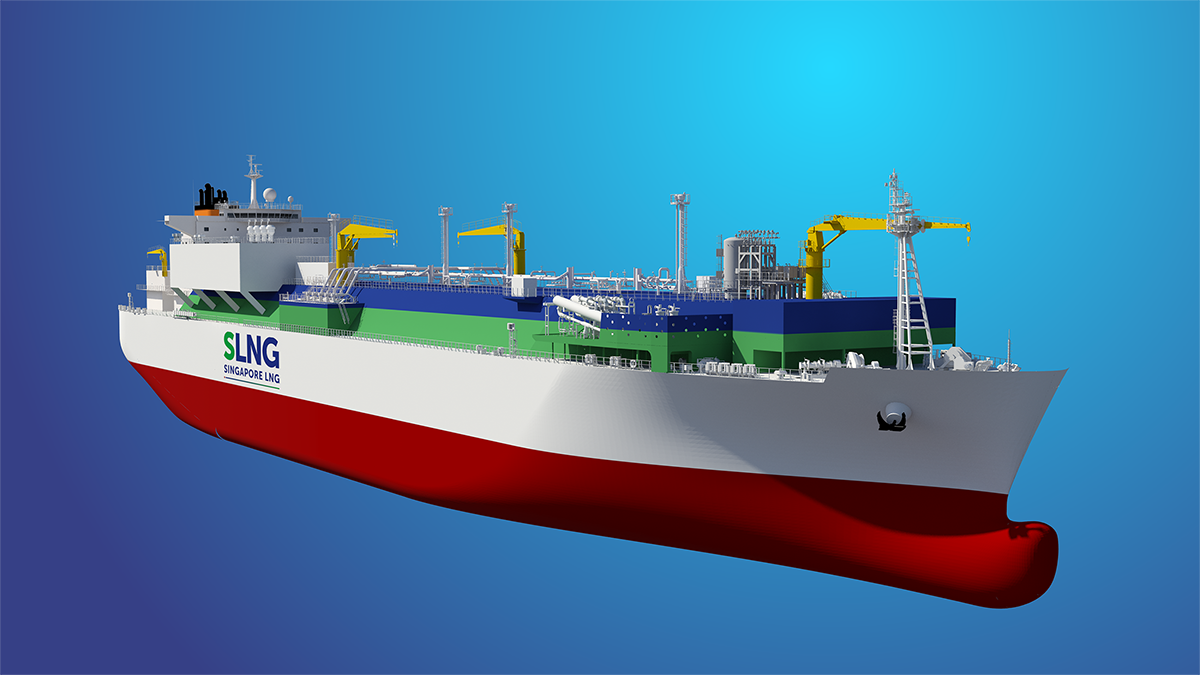This story requires a subscription
This includes a single user license.
Singapore LNG said on Wednesday the FSRU will be berthed at Jurong Port and will have a regasification capacity of 5 million tons per annum (mtpa).
An event was held in Singapore on October 23 to officially launch this project.
Singapore LNG also awarded the front-end engineering design contract to UK-based Wood to define the scope of the onshore connecting infrastructure.
According to Singapore LNG, the FEED is expected to be completed around mid-2025, and the request for proposal process for the EPC contract will follow thereafter.
The FSRU-based terminal is expected to start operations by the end of the decade.
Singapore’s first FSRU will contribute to a stable supply of energy for the country, where about 95 percent of domestic power generation is fueled by imported natural gas.
It will boost Singapore’s regasification capacity by about 50 percent.
Singapore LNG’s first terminal has an average gas supply capacity of 9 mtpa and a peak capacity of around 11 mtpa.
MOL also confirmed the signing of the long-term charter deal for one FSRU in a separate statement.
However, the shipping giant did not provide further details regarding the charter deal.
MOL said the FSRU will be built by South Korea’s Hanwha Ocean and will have a storage capacity of 200,000 cbm.
Also, the 298.8 meters-long and 51 meters-wide vessel will be delivered in 2027.
After delivery, MOL will own, manage, and operate the FSRU.
FSRU worth $413 million
LNG Prime reported on October 2, citing shipbuilding sources, that MOL and Singapore LNG were behind an order for one 200,000-cbm FSRU at Hanwha Ocean.
The contract is worth about $413 million, the highest price ever for a single FSRU.
Hanwha Ocean will deliver the FSRU by October 2027.
Last year, Singapore LNG secured approval from the Singapore government to develop and operate the country’s second LNG import facility.
On the other hand, Singapore’s first LNG terminal on Jurong Island began commercial operations in May 2013.
It currently operates with two jetties, three storage tanks of 180,000 cbm each, and also a fourth storage tank of 260,000 cbm.

